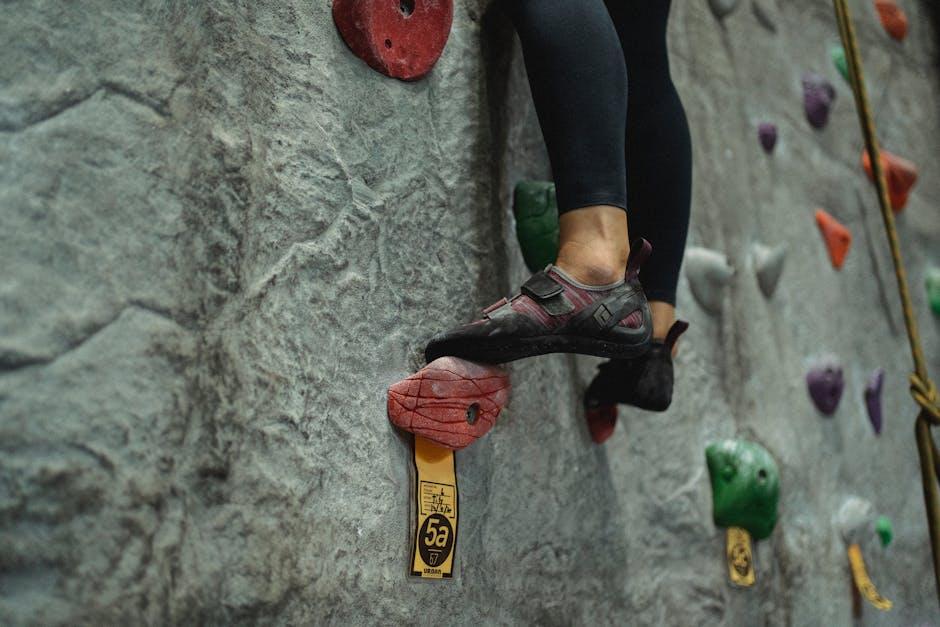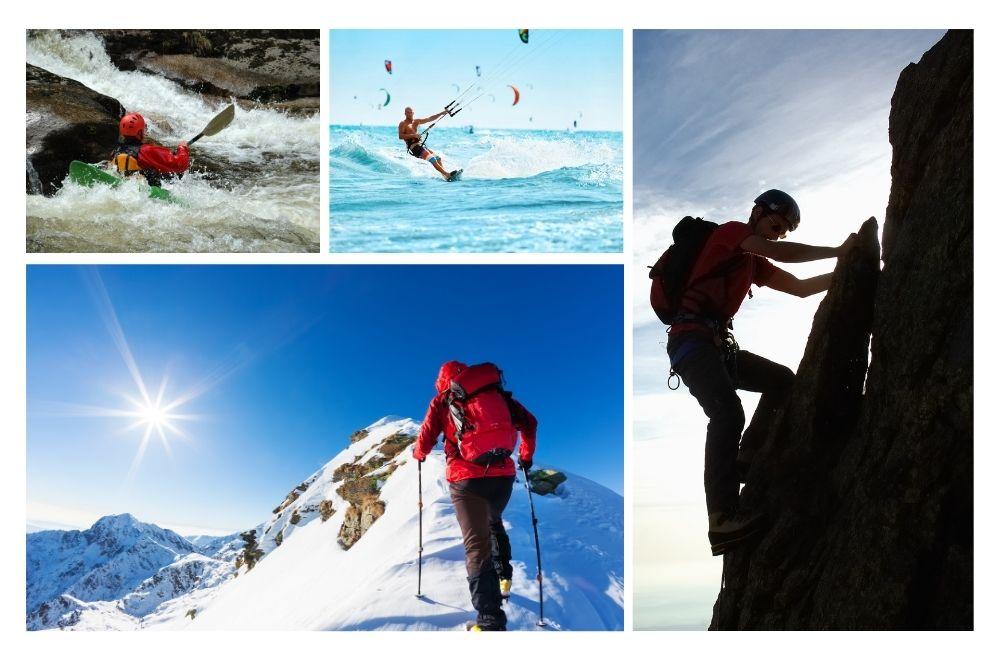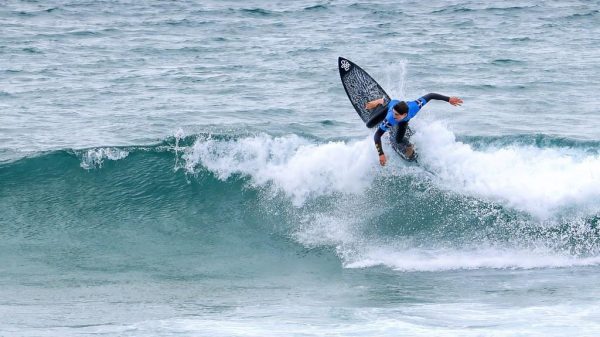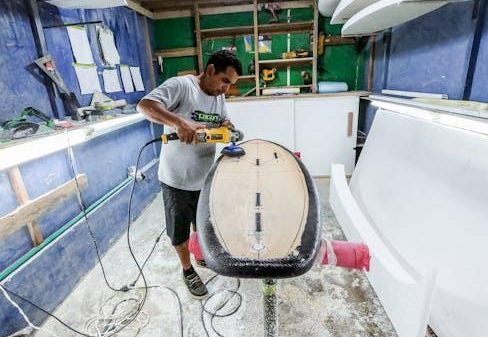In recent years, the exhilarating world of extreme sports has captured the imagination of thrill-seekers and adventurers across the globe. From the breathtaking heights of skydiving to the adrenaline-pumping rush of motocross, these activities offer unparalleled excitement and challenge. As participation in extreme sports continues to rise, a pertinent question emerges: should there be age restrictions to ensure safety and responsibility, or should the spirit of adventure be accessible to all, regardless of age? This article delves into the multifaceted debate surrounding age restrictions in extreme sports, exploring the potential benefits of such measures while maintaining an optimistic outlook on how these exhilarating pursuits can be enjoyed safely by enthusiasts of all ages. Join us as we navigate this exciting conversation, considering perspectives from athletes, experts, and policymakers, with the ultimate goal of fostering a balanced approach that encourages both safety and the pursuit of adventure.
Understanding the Risks and Rewards of Extreme Sports
Extreme sports offer a thrilling blend of excitement and adrenaline, but they also come with their own set of risks and rewards. Engaging in these activities can lead to improved physical fitness, increased confidence, and the joy of conquering personal challenges. However, it’s crucial to weigh these benefits against the potential dangers. These sports often involve high speeds, heights, and sometimes unpredictable environments, which can lead to injuries if not properly managed.
- Physical Fitness: Many extreme sports require strength, endurance, and agility, providing an excellent workout.
- Confidence Boost: Overcoming fear and mastering new skills can significantly boost self-esteem.
- Risk of Injury: Participants face a higher risk of accidents, emphasizing the need for protective gear and proper training.
- Environmental Factors: Natural elements like weather and terrain can be unpredictable, adding to the challenge.
In considering age restrictions, it’s essential to balance the enthusiasm of youth with the wisdom of experience. Young participants may have quicker reflexes and more resilience, but they often lack the judgment that comes with age. Ultimately, whether age restrictions should be implemented depends on the specific sport and the maturity of the individual, underscoring the importance of guidance and proper instruction for all participants.

Promoting Safety While Encouraging Passionate Participation
- Education and Training: Providing thorough education and training is crucial for young enthusiasts eager to dive into extreme sports. By integrating age-appropriate instructional programs, we can instill a respect for safety protocols and a deep understanding of the sport’s intricacies. This approach ensures that participants develop skills progressively, fostering both competence and confidence.
- Proper Equipment and Supervision: Ensuring access to the right gear and protective equipment is non-negotiable. Young athletes should always be under the supervision of experienced professionals who can guide them through the challenges safely. This not only minimizes risks but also creates an environment where they can thrive and push their limits responsibly.
By focusing on these strategies, we cultivate an atmosphere where safety and passion coexist, allowing participants of all ages to embrace the thrill of extreme sports with enthusiasm and mindfulness.
Guidelines for Age-Appropriate Engagement in Extreme Sports
Ensuring safety while nurturing a passion for extreme sports involves a delicate balance of age-appropriate guidelines. To effectively engage young enthusiasts, consider these critical factors:
- Physical Development: Recognize that children’s bodies are still developing. Ensure that the sport’s demands align with their physical capabilities to prevent injuries.
- Mental Preparedness: Evaluate the child’s ability to assess risks and make quick decisions. A mature understanding of potential dangers is essential for safe participation.
- Skill Acquisition: Encourage a gradual progression through skill levels. Begin with less intense variations of the sport, allowing the child to build confidence and competence.
- Supervised Participation: Always ensure that children are under the watchful eye of experienced coaches or guardians who can provide guidance and support.
By adhering to these guidelines, we can foster a safe and encouraging environment for young athletes to explore their limits and discover their passion for adventure.

Empowering Young Athletes with Supportive Frameworks
Establishing a nurturing environment for young athletes involves more than just safety gear and supervision; it requires a comprehensive support system. Structured training programs tailored to their developmental stages can provide a foundation for growth. Coaches and mentors play a pivotal role, offering guidance that fosters both skill enhancement and personal growth. This approach not only cultivates athletic ability but also instills a sense of responsibility and self-awareness.
Creating a balanced framework involves integrating elements that address the unique challenges young athletes face. Consider the following supportive measures:
- Customized Coaching: Tailor training sessions to match the physical and emotional maturity of young athletes.
- Parental Involvement: Encourage open communication between parents, coaches, and athletes to ensure a unified support system.
- Psychological Support: Provide access to sports psychologists to help manage stress and build resilience.
- Age-Appropriate Competitions: Organize events that match their skill level and promote healthy competition.
These elements, when woven into the fabric of training regimens, empower young athletes to pursue their passions with confidence and enthusiasm.










